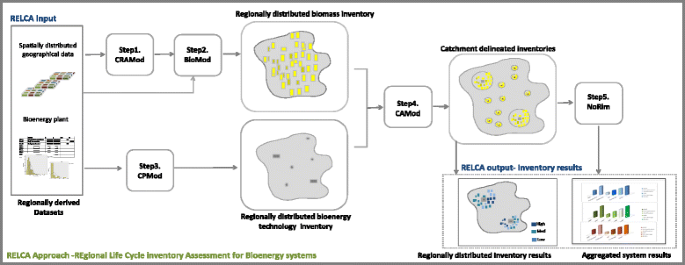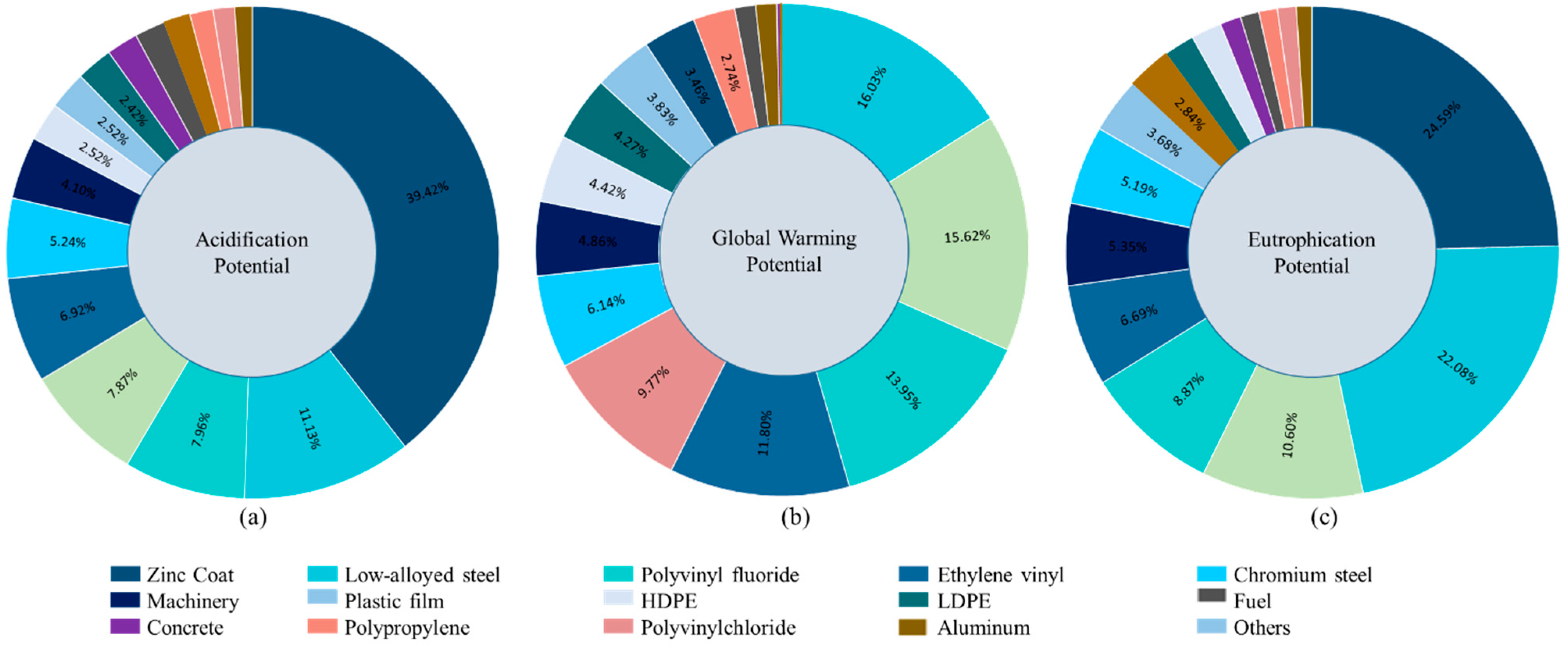
Effects of air pollution on the decline of Pinus thunbergii forest in urban industrial area, Jounal of Agriculture and Life Science 46(3): 1-10 (in Korean). Life cycle assessment of rural community buildings using OpenLCA TM DB, Master Course in Chungbuk National University (in Korean).


A study on the environmental load and the energy retrofit for reducing the energy use in an office building, Thesis of Master Course in Kwangwoon University (in Korean).

A study on methodology and application of life cycle assessment, Thesis of Doctor Course in University of Seoul (in Korean). Developing a combination model of agricultural machine for optimization GHG's based on LCA, Thesis of Master Course in Chungbuk National University (in Korean). National Greenhouse Gas Inventory Report, Ministry of Environment (in Korean). Greenhouse Gas Inventory and Research Center, 2020. National Greenhouse Gas Inventory Report of Korea, Ministry of Environment (in Korean). Greenhouse Gas Inventory and Research Center, 2015. It is considered that it can function as basic data for further research by collecting major structural changes and materials of rural community buildings. This study proved that environmentally friendly design is possible with a quantitative methodology for the comparison of operating energy and air pollutant emissions through the design specification change based on the statement of the rural community building. As a result, 12 kg of carbon dioxide (CO), 0.06 kg of carbon monoxide (CO), 0.02 kg of methane (CH), 0.04 kg of nitrogen oxides (NO), 0.02 kg of sulfurous acid gas (SO), and non-methane volatile organics per 1m of buildings in rural communities It was analyzed that 0.02 kg of compound (NMVOC) and 0.00011 kg of nitrous oxide (NO) were released. As a result of this study, the emissions of air pollutants from buildings in rural communities were analyzed by dividing into seven stages: material production, construction, operation, maintenance, demolition, recycling, and transportation activities related to disposal. (GGIC, 2015) In order to reduce the emission of environmental pollutants resulting from construction of rural community buildings, there is a need to establish a system for rural buildings by predicting the environmental impact. However, in the case of the construction industry, it has been studied that 23% of the total carbon dioxide emissions generated in Korea are generated in the building-related sector. Most of the rural development projects for the welfare of residents are mainly new construction and remodeling projects for community buildings such as village halls and senior citizens.


 0 kommentar(er)
0 kommentar(er)
